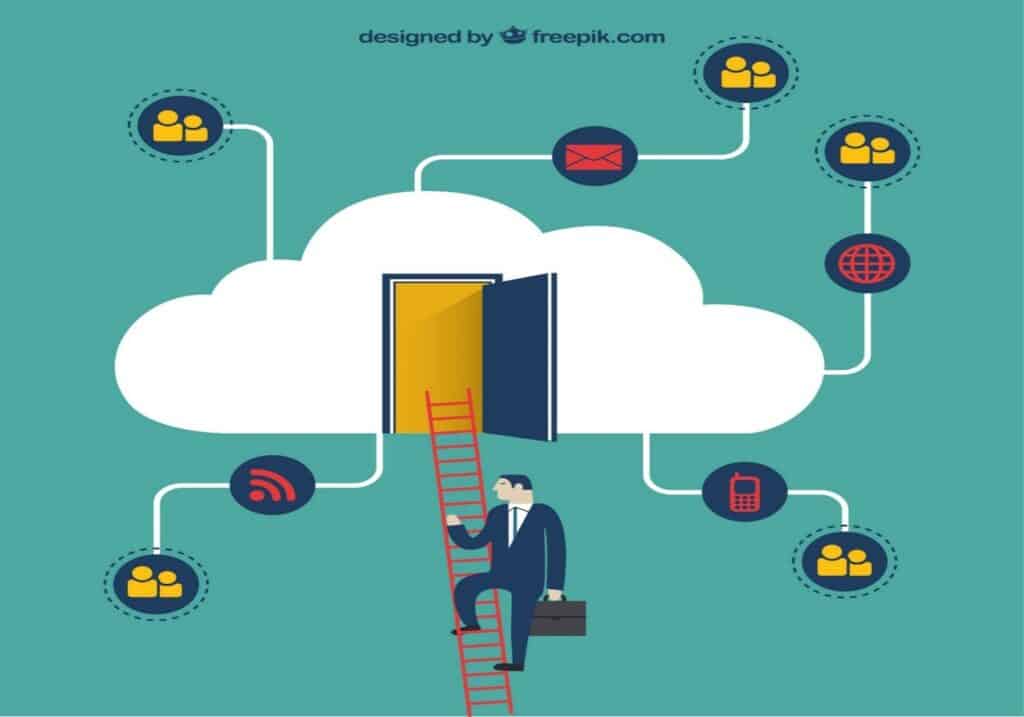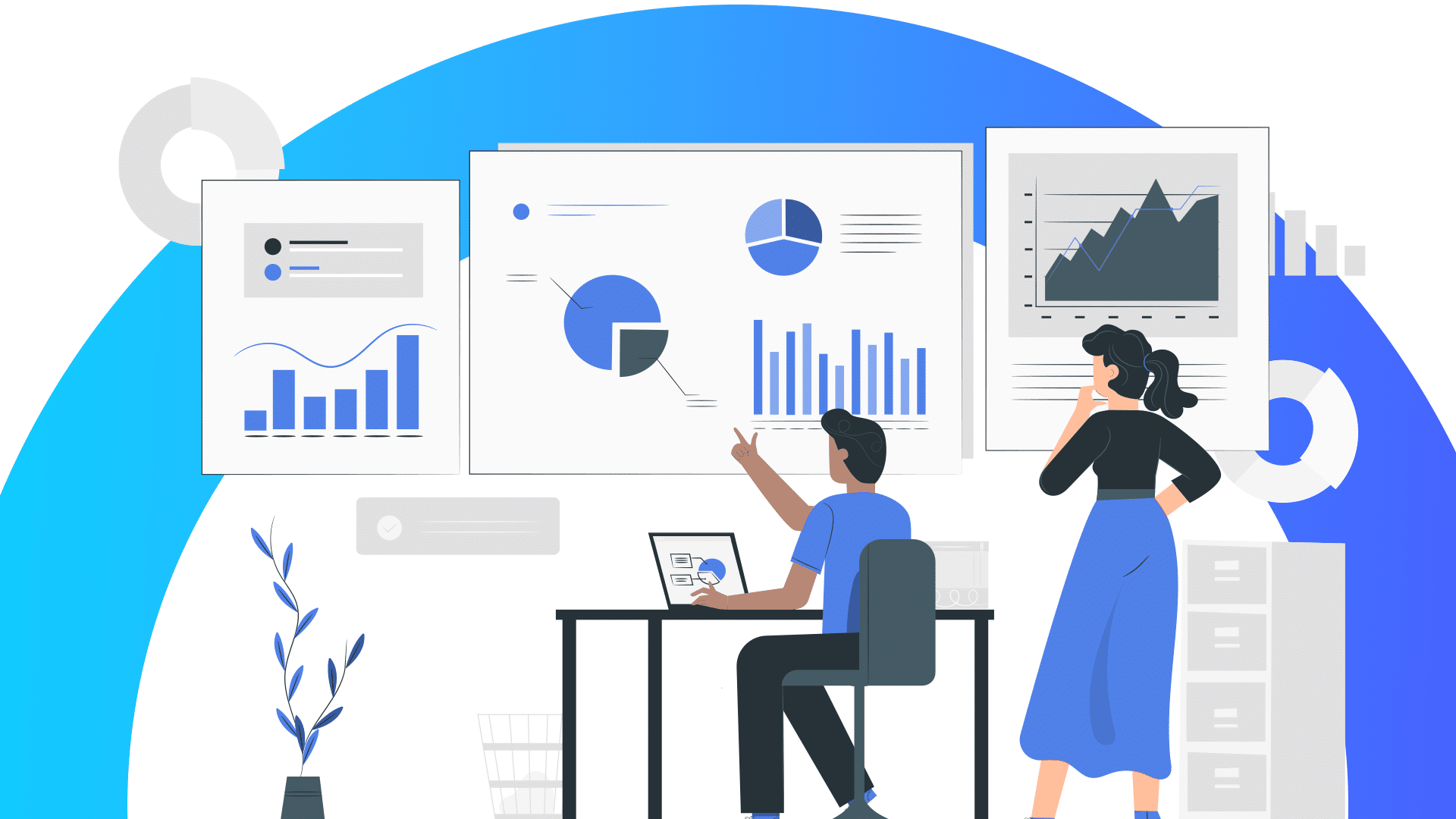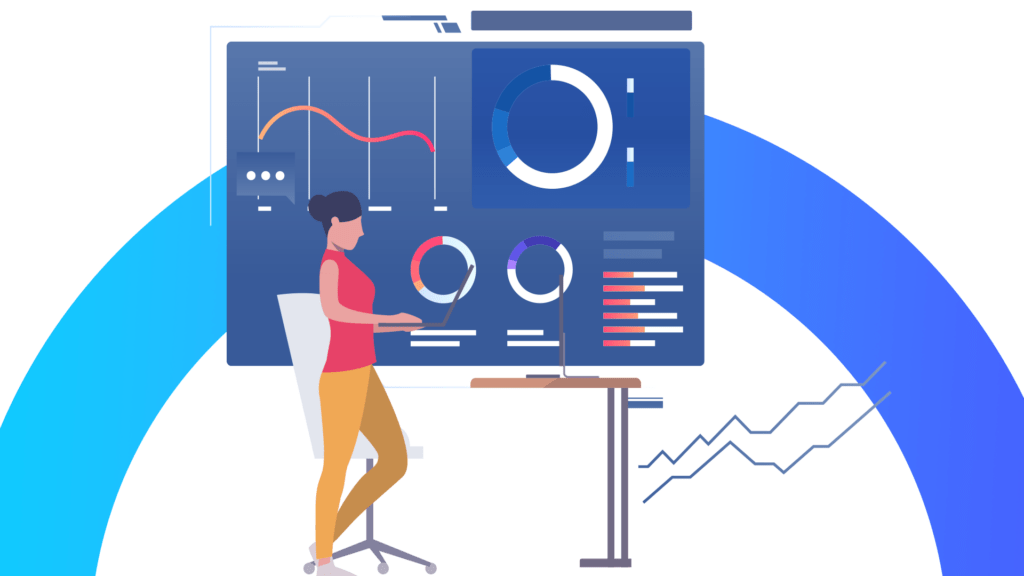Want to learn how you can establish a successful data democracy? Discover how improved data access, self-service tools, and enhanced education in data democratization drive informed decisions and success.
Introduction to data democratization

To refresh your memory, data democratization empowers everyone in an organization, not just data experts, to engage with data effectively. Regardless of their expertise or position, employees leverage data democracy to enhance agility and accelerate data-driven decision-making.
It is important to establish the difference between democratizing data and universal access to data. This is a big concern of an organization’s governance, which wants to safeguard and keep secret information even from their employees. That is why data democratization simply equips employees with data related to their own functional position or domain.
However, the question remains – what are the cornerstones of establishing a successful data democracy?
Senior leaders and management can use this blog as a guide to learn how digital natives and officers successfully transition to data democratization.
1. Widen and ease the access to data for employees
Usually, the first roadblock in establishing data democratization is to tackle the bottlenecks that prevent employees from accessing relevant data with ease. These hurdles arise when applications holding data are inaccessible to employees, reinforcing and strengthening data silos. In such instances, data silos are reinforced and strengthened.
Therefore, it is imperative to break such data silos. Employers can determine a way for employees to view the data and, if need be, request access. To achieve this, devoted platforms such as data catalogs or equivalent metadata hubs are established, which offer a ‘library-like’ experience.
Airbnb successfully employed a model to democratize data. To break down knowledge silos across disparate data teams, one of Airbnb’s early investments was creating its data discovery and exploration software, Dataportal. Through this tool, the company’s data ecosystem was replicated in the form of an interactive graph. It links important data, along with data assets, to enterprise resources, including related teams, current projects and business results. This allows for data discovery and context retrieval for anyone within the organization who might require access to certain data.
As mentioned earlier, traditional businesses have been focused on ensuring the compliant and secure use of data. They have gone to the extent of putting up restrictions on data access completely. It’s crucial to allow employees to ‘see’ the data, empowering them to identify and act on critical business insights. Meanwhile, governance, along with secure and compliant use of data, can also be maintained.
2. Utilize self-service to fuel data-driven insights
Historically, IT teams have been tasked with generating reports and analyses for the use of other departments. This methodology, while well entrenched in most businesses, slows work down due to the addition of middlemen. By enforcing such centralized methods, businesses face barriers to scale and innovation fuelled by data. One more modern solution to the problem is self-service applications that assist people and teams that regularly develop their own reports and insights. They help create data-driven stories from their own data, as well as improve decision-making within or across functional domains. A few examples of these instruments that have made a splash lately include MicroStrategy, PowerBI, and Tableau.
However, such applications are still unavailable for most personnel in firms. By fostering this environment, employees can access and create their own analytical products, nurturing data-driven insights that drive business success. A success story in this regard is that of Spotify, which utilized its experimentation platform to completely data-informed product development process. By scaling cross-team collaborations between product managers, data scientists, and engineers, they were able to utilize data to its peak.
3. Increase data education along with an assigned curriculum for specific operational areas or roles
Crucial features of enabling data-informed decision-making include accessibility to data, availability of data tools, and finally user knowledge of data usage. To enable employees to think and operate, if not the same as but close to data scientists, establishing data literacy is imperative. According to the employee’s roles and/or category, education and training need to be disseminated regarding data usage and its interpretation. For this, basic orientation courses – such as boot camps along with real-life training can help employees grasp the use of data.
Upon looking into existing gaps and bottlenecks that prevent scaling of data informed decisions, Airbnb identified lack of data education as a key fault. That is what pushed Airbnb to establish its Data University.
Aside from these steps, businesses can establish knowledge-sharing and collaboration mechanisms to ward off data silos. They can create awareness in the company to reinforce the importance of data usage for enhanced decision making.
With the changing times and the boom of technology, leveraging data is no longer just an option, but essential for management to implement. However, do note that building a strong data democracy is incomplete without coordination and endorsement from senior leaders and managers. While these roadblocks can help initiate data democracy, true democracy is established by fully integrating data into the company’s fabric.
To learn more about how you can establish a successful data democracy, talk to our experts.




